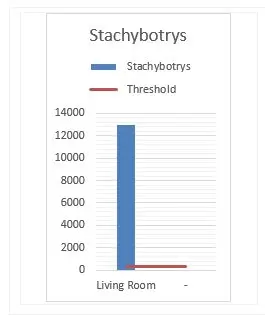Tacoma Mold Testing Inspection Reports
Below are recent inspections of residential mold issues we’ve performed in Tacoma.
Project Type > Residential Mold Testing in a Garage in Tacoma
PROJECT SUMMARY
REASON FOR INSPECTION:
- Client is renovating home and came across mold growth in the garage. Environix hired to inspect the area of concern and provide a bid for remediation.
PROPERTY DESCRIPTION:
- This single family 2 story residential property was built in 1995 and is 1,691 ft².
LABORATORY RESULTS
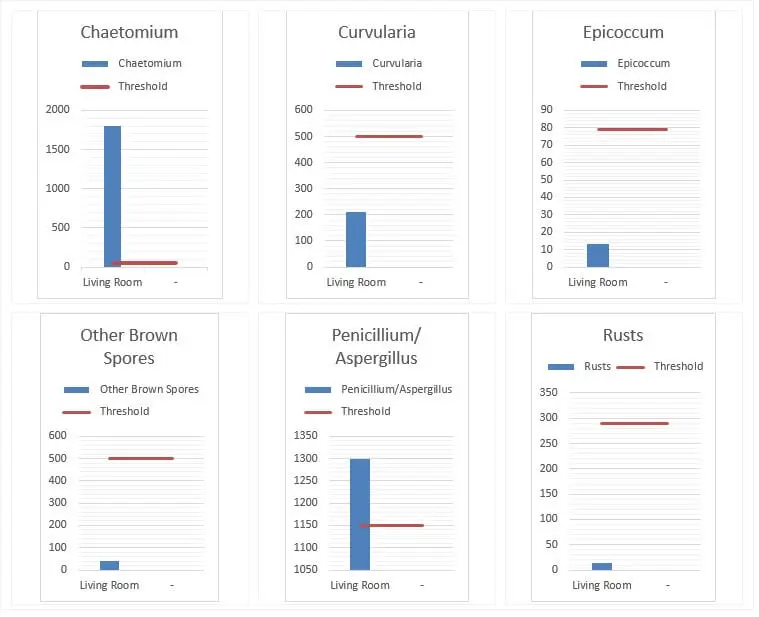
ANALYSIS OF YOUR RESULTS:
- Extreme Amplification: Mold spores were detected at levels many times greater than the threshold, indicating a site of high mold amplification and growth. Please refer to the attached report for more detailed information.
The most likely contributor of the elevated mold spores is:
- The cause of the extremely amplified mold within the living room of the home is indeterminate, as this area was not part of the inspection. The level of stachybotrys mold present in the living room means this home is currently unsuitable for living in. A detailed inspection of the interior of the home to determine the source of this mold is necessary to present a plan for remediation.
Recommendations:
- Due to the extremely high level of mold spores in your home, immediate action is necessary. Please contact Environix to schedule an interior inspection.
JOBSITE PHOTOS
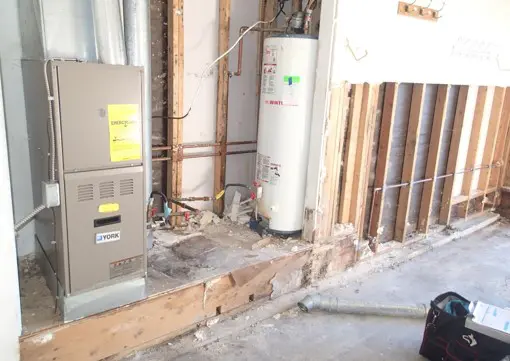
Mold growth found in water heater bump out in garage
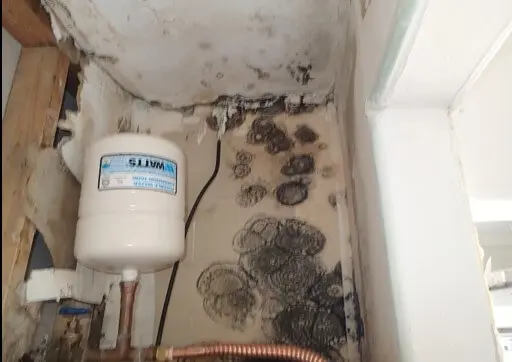
Mold on wall and ceiling near water heater
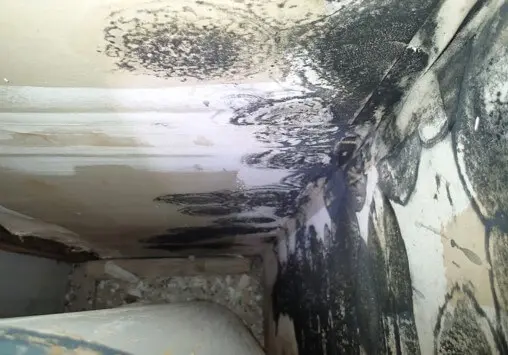
Mold on wall extending to floor near water heater
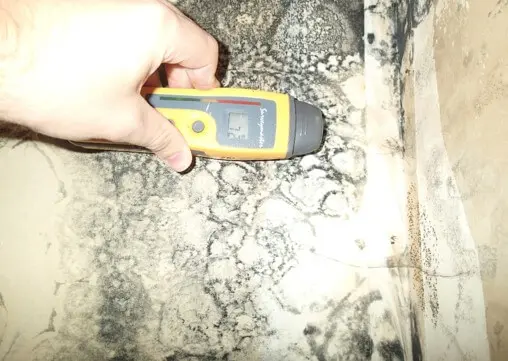
Building materials are dry, source of mold is an old leak
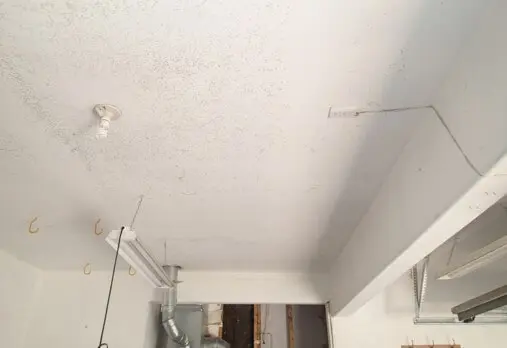
Ceiling and walls in garage have mold from high humidity and condensation
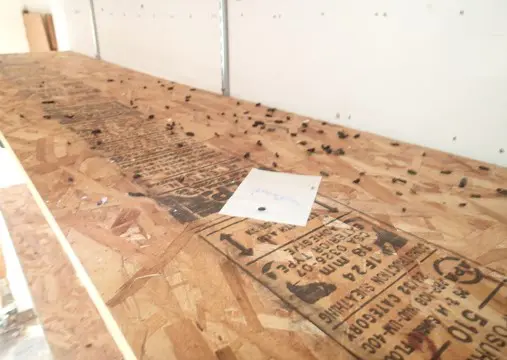
Rodent feces
LOCATION: Garage
OBSERVATIONS:
- Mold observed on the exterior wall in the garage. Most of the wall has been removed by a contractor. Excess drywall debris with evidence of mold is present on the concrete garage floor.
- Drywall is still in place behind the water heater. The water heater and furnace are installed in a bump out portion of the garage wall, with significant mold present on the drywall near the water heater, where the water heater is close to the wall and limits access to this area.
- The mold was suspected to be related to a roof leak at the valley above, and the ceiling directly above the affected area was opened for inspection. The roof sheathing in this area looked to be in excellent condition and did not reflect any evidence of a water leak. Very minor mold was present on the back side of the sheetrock removed from the ceiling. The mold was not the result of a roof leak.
- The source of the moisture for the mold growth was a water leak from the water heater. The home has been vacant a long time with the water heater not in use, making determination about the location of the water heater leak inconclusive.
- Light to moderate condensation-based mold growth observed on the remaining garage walls and ceiling. This is the result of the high humidity in the garage during the leak.
- Excess rodent feces observed in the garage and in the portion of the attic where the ceiling was opened.
- The garage door had been opened prior to the inspection, making an air quality test from the garage pointless. An Indoor Air Quality sample was collected from within the living room of the home instead.
- This air sample came back with extremely elevated mold spores. The living area should be inspected for mold related issues.
Recommendations:
- Professional mold remediation is necessary to properly address the existing mold growth and to prevent cross contamination. During remediation, HEPA filtration, negative air pressurization and proper personal protective equipment must be utilized. Please see included pricing.
- Remove the water heater.
- Remove the remaining affected drywall.
- Clean all walls, floor, and ceiling of the garage.
- Clean and encapsulate all exposed framing and treat drywall left in place, including the ceiling.
- Contact a rodent exclusion contractor to address the rodent infestation of the garage.


